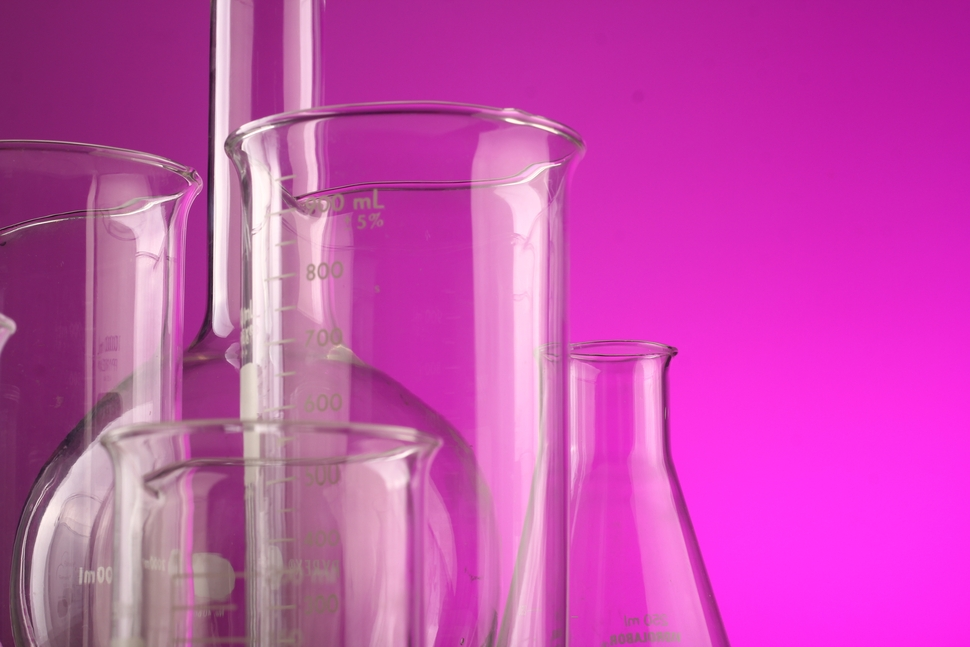
What is flow cytometry?
Jun 09, 2022Cytometry is a robust technique, dating back to the 1950s, used to measure cell features. Flow cytometry is a technique used for the rapid analysis of single cells or particles as they flow past lasers while suspended in a buffered solution. Common applications of this technique include but are not limited to cell counting, cell sorting, determining cell characteristics, biomarker detection, protein engineering, detecting microorganisms, and the diagnosis of health disorders. This technique is a great choice for high throughput quantification of samples, as millions of cells can be measured in a matter of seconds.
There are three parts to a flow cytometer: fluidics, optics, and electronics. The fluidics portion contains the sheath fluid that is pressured through the machine to direct the sample past the laser for separate measurement of every individual cell. The optics contain the lasers that emit light to the samples, and collection optics that collect the signal scattered by the sample. The electronics convert the detected signal to data that we can analyze.
In the process, the sample is suspended in a buffered solution and inserted into a flow cytometer instrument. The sample flows past a laser beam that scatters the light. The location where the laser hits the apparatus and interacts with the cells is called the “interrogation point”. Cells are typically labelled with a fluorophore so visible light is emitted upon excitation by a laser. The light properties emitted from cells or particles are used for quantitative measurements of physical properties. Instead of fluorophores, researchers sometimes opt to use labels, dyes, or stains.
Fluorophores are conjugated to an antibody that recognizes a target or feature on a cell. Every fluorophore has a characteristic peak excitation and emission wavelength. Often, these wavelengths overlap with each other. We offer flow cytometry antibodies with fluorophore conjugations with a wide variety of wavelengths, including FITC, PE, PE/Cyanine5, PE/Cyanine5.5, PE/Cyanine7, PerCP/Cyanine5.5, AF488, AF647, APC, and biotin.
A computer is attached to the flow cytometer apparatus to collect data. The process of the computer collecting the data is called “acquisition”. This helps quickly collect data from large samples and eliminates the potential of human error. The data can be plotted in a single dimension to generate a histogram. The regions on the plots can be separated based on the intensity of the fluorescence by creating a series of subset extractions, called “gates”.